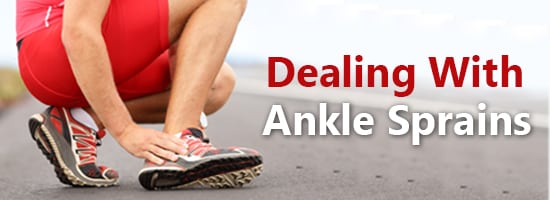Lap-band surgery is an outpatient procedure designed to reduce the amount of food that is consumed at one time. This encourages patients to slow down while eating so that they may feel full before eating too much. While lap-band procedures may have fewer risks than more extensive gastric bypass procedures, there are some chances that complications may occur. While all types of surgery come with inherent risks, you can minimize your chance of developing complications from lap-band surgery.
Follow Your Surgeon’s Instructions
Your surgeon will provide you with instructions that you should follow before your surgery in order to make the procedure more successful. Following these directions can help the procedure to run more smoothly and promote better healing. If you smoke or drink alcoholic beverages, you may be advised to quit several weeks before your scheduled procedure. It has been shown that smoking can dramatically affect the healing process and may increase the risk of post-surgical complications.
Following your lap-band surgery, you can minimize your risks of surgical complications by following all aftercare instructions as directed. Proper wound care, resting, and diet can go a long way toward decreasing post-surgical complication risks.
Follow Dietary Guidelines
The lap-band procedure is only a first step toward weight loss and increased overall health. It is important to change your lifestyle and eating behaviors following a lap-band procedure. Working with a qualified nutritionist can help you to avoid potential dietary complications that may occur, such as:
- Nausea and vomiting
- Acid reflux or GERD
- Food intolerance
- Difficulty swallowing
- Constipation or diarrhea
Many food-related issues can be resolved by taking the time to eat more slowly and chew food thoroughly. Eating smaller bites may be necessary due to constrictions on the stomach caused by the placement of the lap band or if you have difficulty swallowing. Additionally, certain foods may be linked to acid reflux or GERD, so speaking with a nutritionist can help you to eat the right foods and food portions to reduce your risks of complications.
Notify Your Physician of Problems Immediately
While the chances are very small that there are problems with the bandingor its placement, these issues can occur. Excessive vomiting, pain, pressure, or even extreme discomfort may signal signs of lap-band slippage, leak, or intolerance. Symptoms should not be ignored. Most problems can be addressed with simple adjustments to the band.











